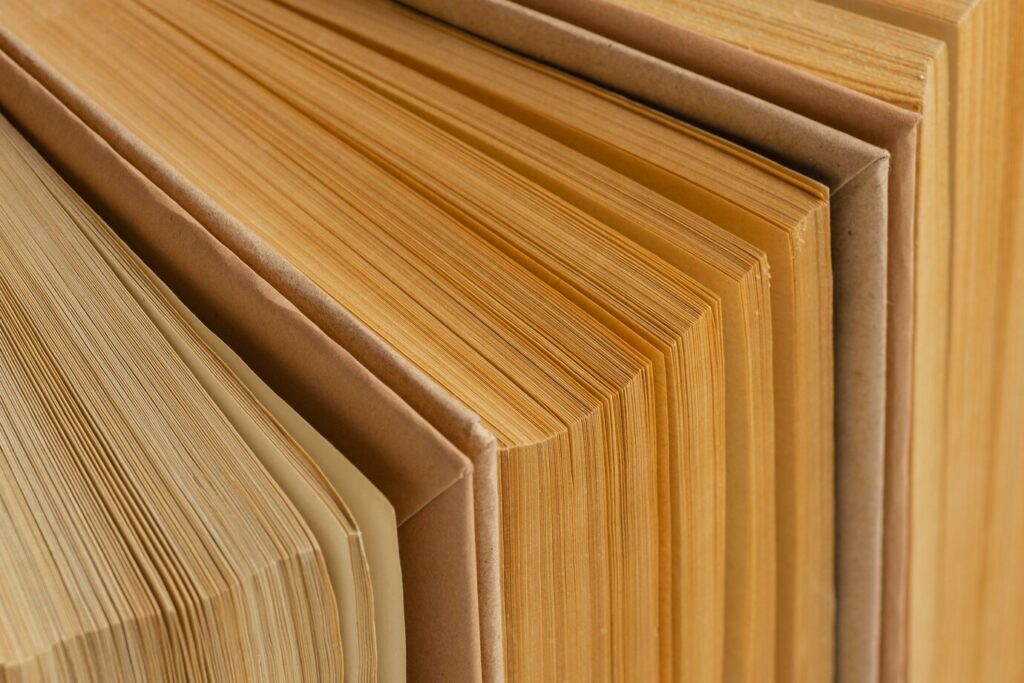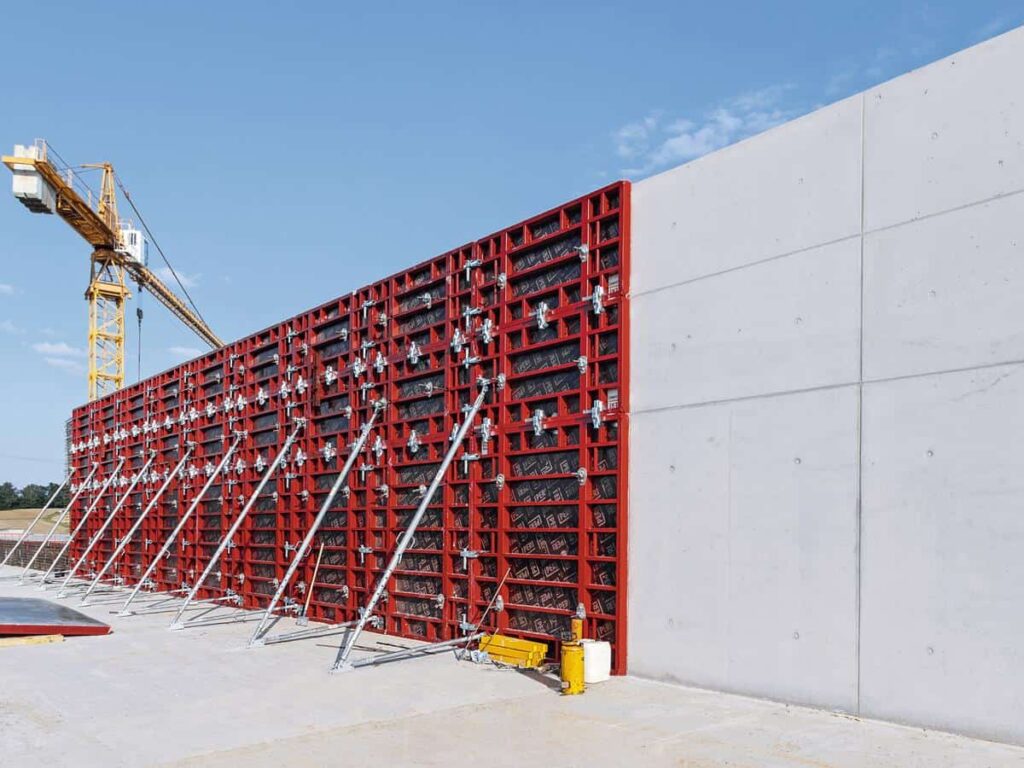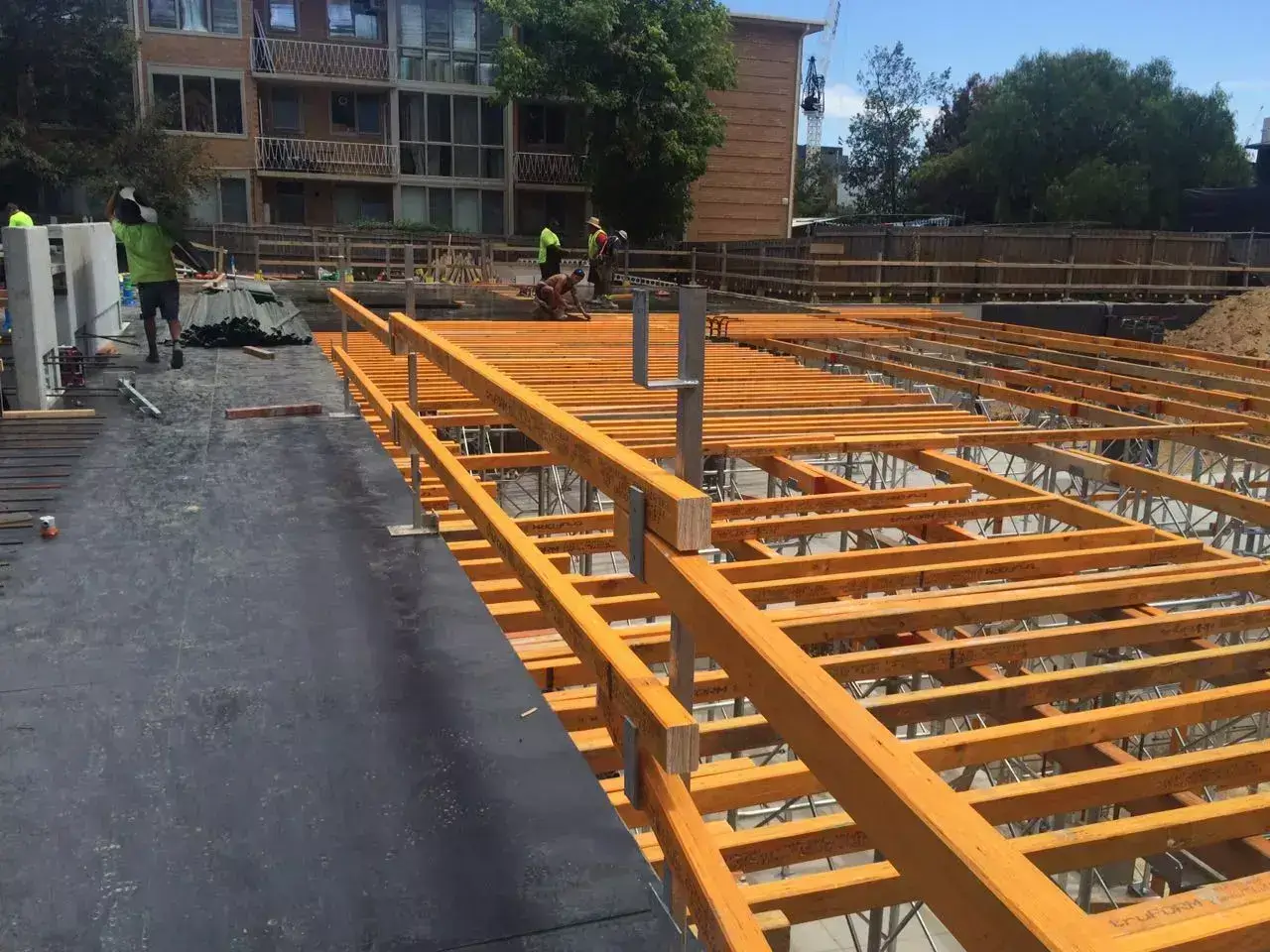Formply is an indispensable material in the construction industry, serving as a reliable and robust solution for various applications. This article aims to explore the basics of formply, its role in construction, the benefits it offers, a comparison with other construction materials, and the safety aspects associated with its use. By understanding why formply is essential for quality construction, builders and contractors can make informed decisions for their projects.
Understanding the Basics of Formply
In order to appreciate the significance of formply, it is important to have a clear understanding of what it is and its key features. Let’s dive into the details.
Formply, also known as film-faced plywood, is a versatile and essential material in the realm of construction. Its multifaceted nature allows it to be utilized in various applications, ranging from simple DIY projects to large-scale industrial developments. The adaptability of formply lies in its ability to provide a sturdy and reliable formwork system, ensuring the seamless creation of concrete structures with precision and efficiency.
What is Formply?
Formply, also known as film-faced plywood, is a specially designed type of plywood used as a formwork, or mold, in construction projects. It is made by bonding high-quality timber veneers with phenolic resin, enhancing its strength and durability. As the name suggests, formply is coated with a film, typically made of phenolic or melamine, which provides a smooth and water-resistant surface.
The manufacturing process of formply involves intricate craftsmanship and attention to detail. Each layer of timber veneer is carefully selected and treated to ensure uniformity and structural integrity. The bonding of these layers with phenolic resin is a meticulous procedure that results in a cohesive and robust material capable of withstanding the rigors of construction environments.

Key Features of Formply
Formply boasts several features that make it an ideal construction material. Its strength, durability, stability, and moisture resistance are among the most notable qualities. The film coating on the surface of formply prevents water absorption, ensuring its longevity and preventing warping or delamination. Additionally, its smooth and consistent surface finish allows for easy release of the concrete once it has cured.
Moreover, the structural integrity of formply contributes to its longevity and reusability, making it a cost-effective option for construction projects. The dimensional stability of formply ensures that it maintains its shape and form under varying climatic conditions, providing consistency and reliability throughout the construction process. These inherent qualities make formply a preferred choice among builders and contractors seeking efficiency and quality in their projects.
The Role of Formply in Construction
Now that we have a good grasp of what formply is, let’s explore its crucial role in different aspects of construction.
Formply, a type of plywood specially designed for formwork applications, plays a vital role in ensuring the structural integrity and quality of construction projects. Its versatility and durability make it a popular choice among builders and contractors for various construction needs.
Formply in Building Frameworks
One of the primary uses of formply is in building frameworks, particularly for walls, columns, and beams. Its strong and stable structure provides support and shape during the pouring of concrete. This ensures that the concrete cures properly and that the resulting structures are sturdy and reliable.
Moreover, formply’s ability to withstand the pressure exerted by wet concrete makes it an essential component in constructing load-bearing elements of buildings. Its resistance to warping or bending under heavy loads ensures that the formwork maintains its shape and integrity throughout the concrete pouring and curing process. Learn more about elements at https://pubchem.ncbi.nlm.nih.gov/periodic-table/
Formply in Concrete Shaping
Formply is an excellent material for shaping concrete and achieving desired designs. Its smooth surface finish allows contractors to create intricate patterns and textures on concrete surfaces, enhancing the aesthetic appeal of the final product. Whether it is for decorative columns, textured walls, or unique facades, formply provides the necessary flexibility and precision.
Additionally, the reusable nature of formply makes it a cost-effective option for construction projects. Its ability to withstand multiple uses without compromising on quality or performance makes it a sustainable choice for contractors looking to reduce waste and expenses in the long run.
Benefits of Using Formply in Construction
Using formply in construction projects offers numerous benefits that contribute to the overall quality and success of the endeavor. Let’s explore two significant advantages.
Durability and Strength
Formply’s inherent strength and durability ensure long-lasting structures. Its resistance to moisture, warping, and delamination make it an ideal choice for projects that require toughness and stability. Whether it is exposed to harsh weather conditions or subjected to heavy loads, formply consistently performs well, delivering reliable results.
Moreover, the durability of formply translates to cost savings in the long run, as it reduces the need for frequent repairs or replacements. This aspect is particularly advantageous for construction projects with budget constraints, as formply’s resilience minimizes maintenance expenses over time, enhancing the overall economic viability of the project.
Versatility in Use
Formply’s versatility extends beyond its primary role as formwork. It can be used in various construction applications, including flooring, roofing, and cladding. Its strong and stable nature allows for multiple uses, making it a cost-effective solution for builders and contractors. Furthermore, formply’s compatibility with different finishing materials, such as paints and coatings, expands its versatility even further.
Additionally, the versatility of formply enhances the aesthetic appeal of structures, as it provides a smooth and uniform surface for various finishes. This aspect is particularly beneficial for projects where visual appeal is a key consideration, as formply’s adaptability allows for creative design possibilities that can elevate the overall look of the construction.
Formply vs Other Construction Materials
To understand the value and importance of formply, it is helpful to compare its characteristics and benefits with other commonly used construction materials. Let’s examine two common comparisons.
Read about formply plywood on: Affordable Formwork Plywood
Comparing Formply and Plywood
Plywood is a widely used construction material with various applications, including formwork. However, formply offers distinct advantages over standard plywood in terms of strength, durability, and moisture resistance. Its specially designed film coating provides better protection against water absorption and damage, making it the preferred choice for demanding construction projects. To find more about moisture click here.
Furthermore, formply’s smooth surface finish allows for a better concrete finish compared to traditional plywood. This results in a more aesthetically pleasing final product, making formply a top choice for projects where appearance matters.
Formply and Metal: A Comparison
Metal formwork is another option commonly used in construction. While metal offers advantages such as reusability and structural support, formply provides a more cost-effective solution. Additionally, formply offers better insulation against temperature changes, reducing the risk of thermal expansion and contraction, which can compromise the quality of concrete structures.
Moreover, formply is lightweight compared to metal formwork, making it easier to handle and transport on construction sites. This characteristic not only increases efficiency but also reduces labor costs associated with heavy lifting and maneuvering of materials, making formply a practical choice for projects with tight timelines.

Safety Aspects of Using Formply
Ensuring the safety of construction projects is paramount, and formply contributes to this aspect as well. Let’s explore two safety considerations related to its use.
Fire Resistance of Formply
One of the notable safety features of formply is its fire resistance. The phenolic resin used in its manufacturing process gives it excellent fire-retardant properties. This means that in the event of a fire, formply slows down the spread of flames and emits minimal smoke, providing valuable time for evacuation and firefighting efforts.
But what exactly makes formply so effective in resisting fire? It’s all in the chemical composition of the phenolic resin. This resin contains a high concentration of flame-retardant additives that create a protective barrier when exposed to heat or flames. This barrier prevents the fire from penetrating the surface of the formply, giving it a higher fire rating compared to other construction materials.
Furthermore, the fire resistance of formply is not compromised by moisture or humidity. This is particularly important in areas where the risk of fire is high, such as kitchens or industrial settings. With formply, you can have peace of mind knowing that your construction project is equipped with a material that prioritizes safety.
Formply and Worker Safety
Formply’s robust and stable structure enhances worker safety during construction. Its strength and stability minimize the risk of accidents and collapses, ensuring a safer working environment. Additionally, formply’s smooth surface finish reduces the chances of injuries such as splinters, making it a reliable choice to protect workers from harm.
When it comes to worker safety, it’s crucial to consider the weight-bearing capacity of the materials being used. Formply excels in this aspect, as it is specifically designed to withstand heavy loads. This means that workers can confidently rely on formply when constructing scaffolding, formwork, or any other load-bearing structures.
Moreover, formply’s stability plays a significant role in preventing accidents. Its dimensional stability ensures that it remains flat and true, reducing the risk of tripping or stumbling on uneven surfaces. This is especially important in construction sites where workers need to move swiftly and safely.
Lastly, the smooth surface finish of formply not only enhances its aesthetic appeal but also protects workers from potential injuries. Unlike rougher materials, formply eliminates the risk of splinters or sharp edges that could cause cuts or abrasions. This attention to detail in ensuring worker safety sets formply apart as a reliable choice for construction projects.
In conclusion, formply is an essential material for quality construction due to its strength, durability, versatility, and safety features. Whether it is used in building frameworks or concrete shaping, formply consistently delivers reliable results. Compared to other construction materials, it offers distinct advantages while being cost-effective. Furthermore, formply contributes to worker safety and provides protection against fire hazards. By recognizing the value of formply, builders and contractors can confidently incorporate it into their construction projects, ensuring the longevity and success of their endeavors.

